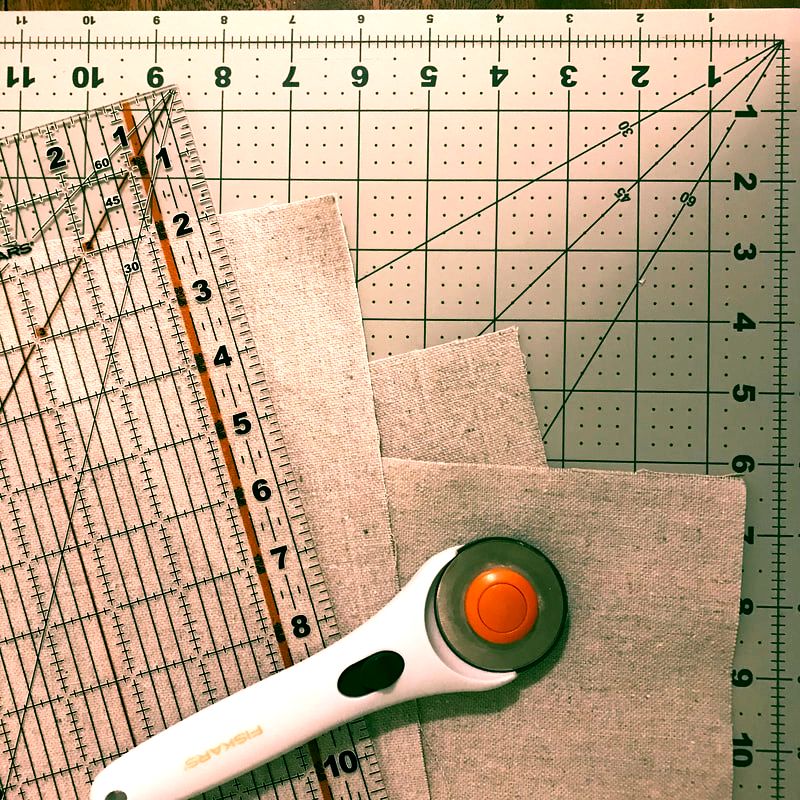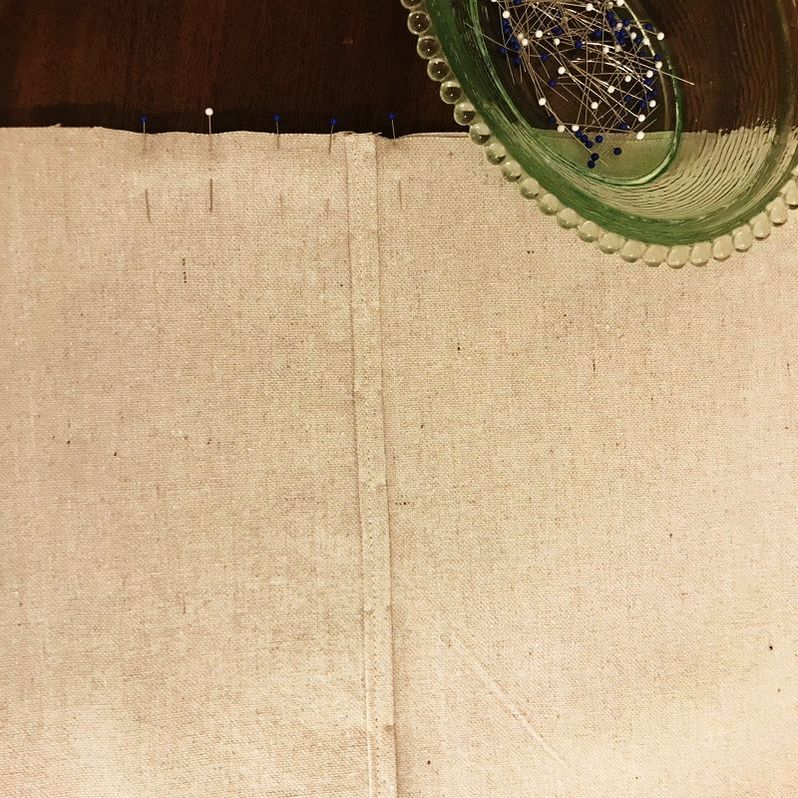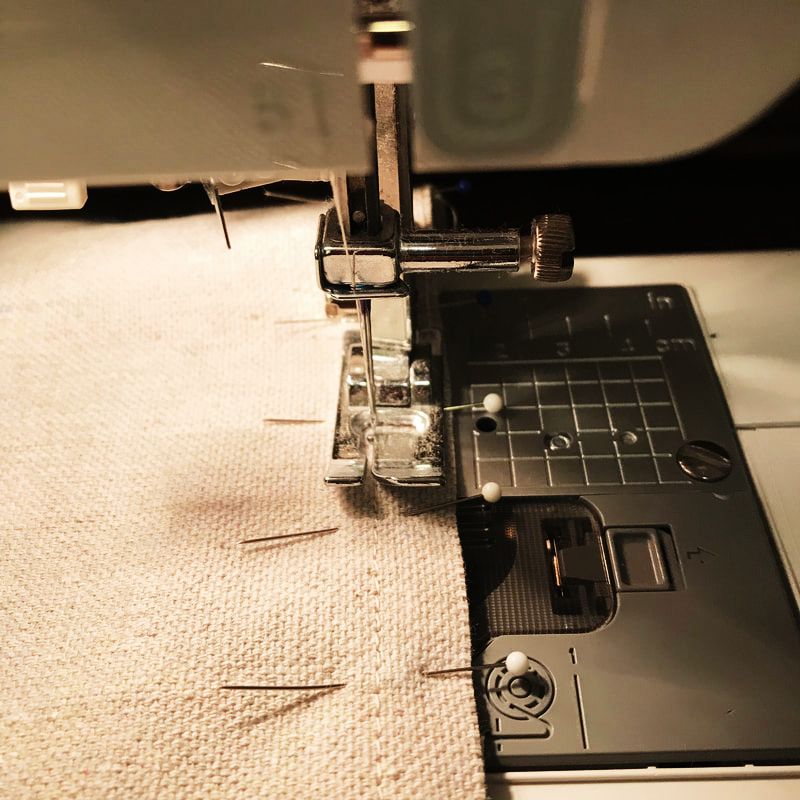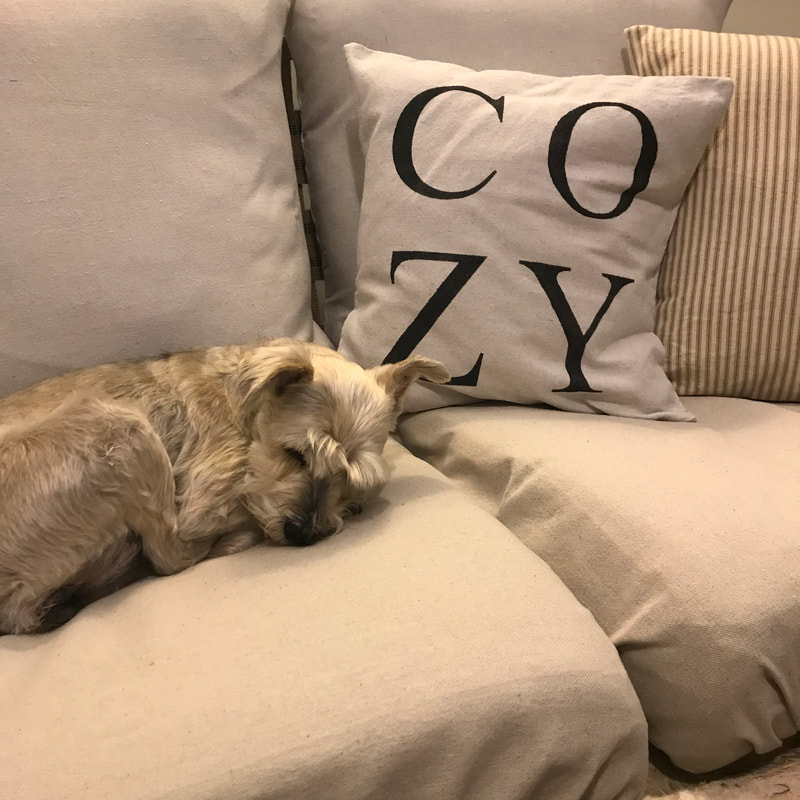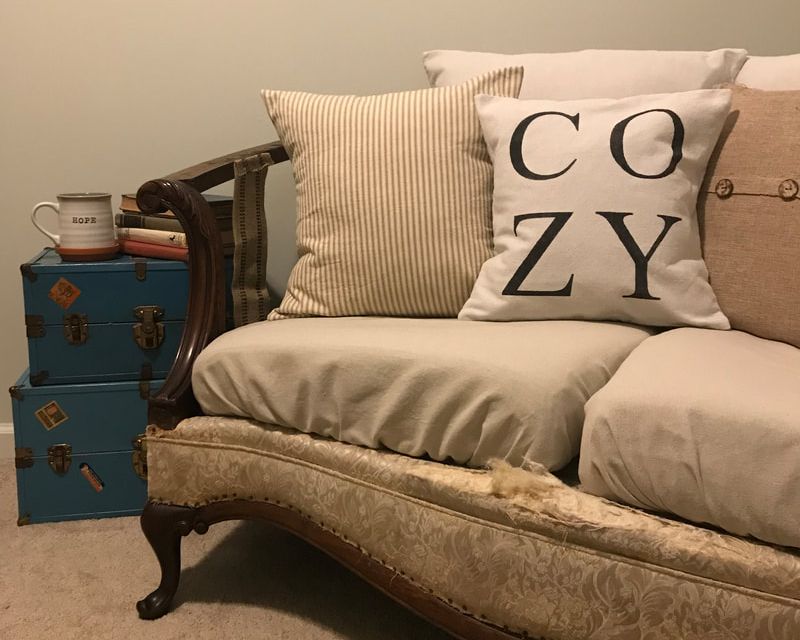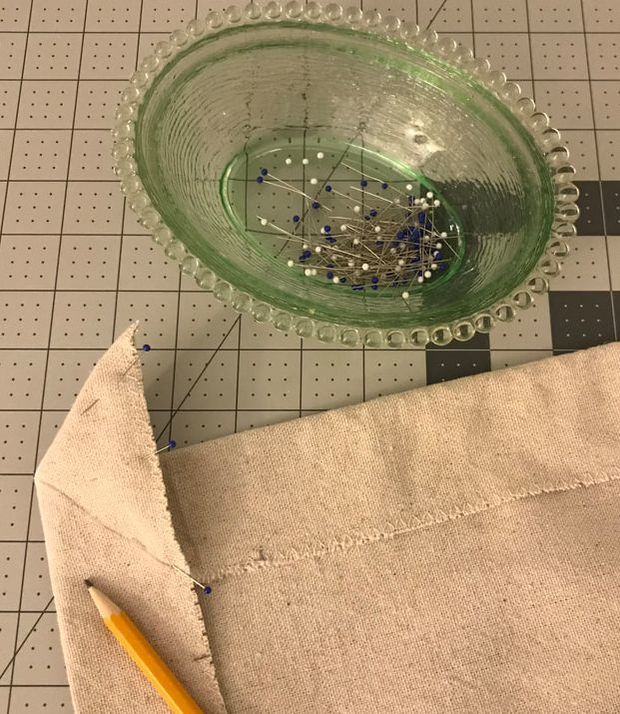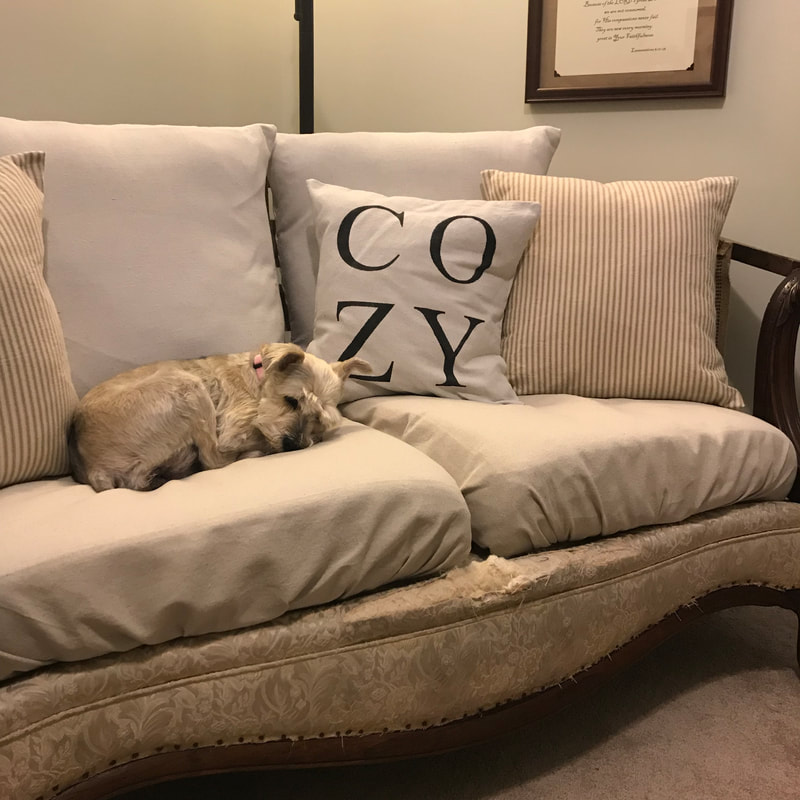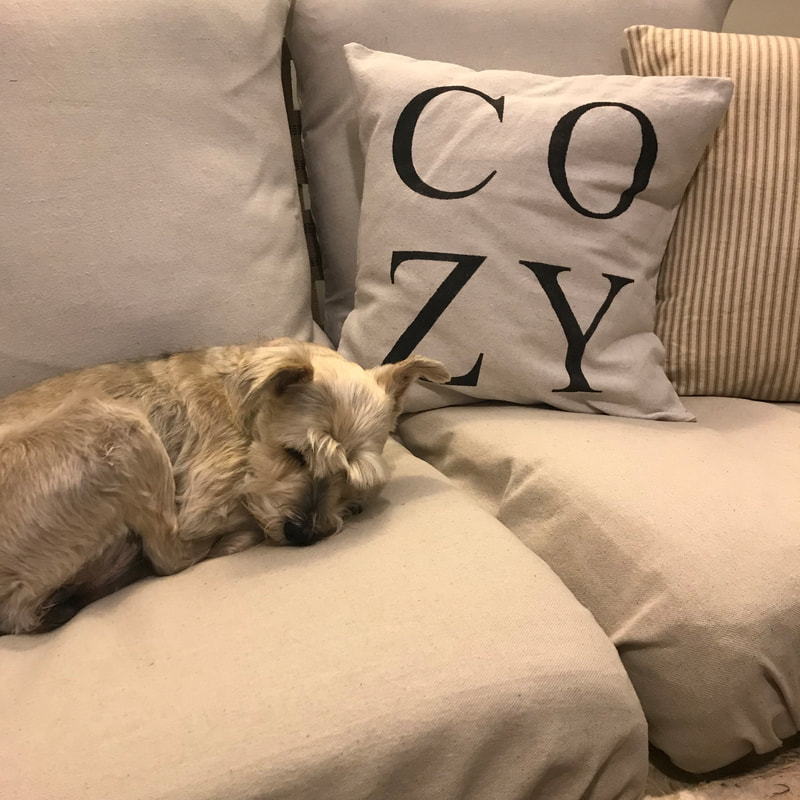|
My simple envelope closure pillow covers are a smaller project inside a much larger one...a deconstructed love seat or old fashion settee. Once I am finished with the deconstructed love seat (it obviously still needs work) I will put together DIY instructions on the entire project. I have already created the DIY for the Drawstring Seat Cushion Covers also under Decorating on a Dime Sewing Projects. So why Envelope Closure Pillow Covers?: Several reasons: 1. No zippers. They are hard to sew in and often malfunction. 2. Easy to remove the cover and launder. (This is a must for anyone with kids and pets!) 3. You can swap out your pillow covers any time for a seasonal change or fresh look. This project is easy and you can complete it in an afternoon. All you need is a sewing machine, ironing board and iron, pillow insert, fabric and tread. Whoa! I bet these bright colors got your attention! I actually like teal but this wasn't the color I was desiring for the old settee's pilows. I could have shopped at Joann's Fabric or Hobby Lobby for pillow inserts. However, Lowe's Home Improvement had these outdoor furniture cushions and pillows on their end of summer clearance rack...and they fit perfectly!!! So now to cover these pillows! (Again, you can find the DIY for the seat cushions covers under Decorating on a Dime Sewing Projects.) Step by Step Instructions: 1. Calculate fabric needed. Measure and cut three pieces. The amount of fabric you need depends on the pillow insert you have. For an 18 x 18 inch pillow insert you will have a finished pillow cover of about 17 x 17 inches. By creating a cover slightly smaller than the insert, the pillow will look full and not slouch. (The more cushy and fluffy the insert, the more true this will be. For fluffy inserts, your cover provides structure and shape.) You will need three pieces of cut fabric for a envelope closure pillow: 1. The front piece 2. Two back pieces...either a top and bottom if square shaped or two sides if rectangle shaped. The front piece you will want to be the measurements of the pillow insert. In this way, the final cover, with all the seams, will be slightly smaller than the insert as discussed above. So for an 18 x 18 inch insert cut the front piece 18 x 18 inches. The two back pieces should be the same size. For a square pillow: the width of the insert (in my example 18 inches) and the height (18 inches) divided in half, plus 5. (So for my example 18 x 14 inches.) For a rectangle pillow: the height of the insert and the width divided in half, plus 3. So for a 12 x 22 inch rectangular insert, you will have two 12 x 14 inch pieces for the back of the pillow cover. 2. Pin and iron back panels. Next, you will need to create hems on the two back panels. Each back panel will have one side hemmed. For a square pillow...pick a side, any side since they all measure the same. For a rectangular pillow, it will need to be one of the short ends. (So with my previous example for a rectangular pillow, one of the 12 inch sides. Fold the desired end over 1/4 inch and pin (as pictured below). Iron to keep fold in place. Fold over again (1/4 inch) and pin. Iron again to keep fold in place. 3. Sew hem of back panels. (Pictured below.) 4. Pin and sew the three parts together. For a square pillow cover: a. Lay out in front of you the front panel of the pillow cover with visible side facing up. b. On top of this, lay down the top panel of the back with visible side facing down and hemmed side in the middle. Line up the edges to the top of the front panel. c. Next, lay on top the bottom back panel with visible side facing down and hemmed side in the middle. Line up the edges to the bottom of the front panel. d. Finally pin all the outside edges around the square together and sew a 1/4 inch seam. For a rectangular pillow cover: a. Lay out in front of you the front panel of the pillow cover with visible side facing up. b. On top of this, lay down the left side panel of the back with visible side facing down and hemmed side in the middle. Line up the edges to the left side of the front panel. c. Next, lay on top the right side back panel with visible side facing down and hemmed side in the middle. Line up the edges to the right side of the front panel. d. Finally pin all the outside edges around the rectangle together and sew a 1/4 inch seam. (Pictured below.) 5. Zigzag stitch the raw edge. (Pictured below.) 6. Turn pillow cover right side out and place insert inside. Enjoy your New Pillow! Miss Maggie sure will!
12 Comments
My easy drawstring cushion covers are a smaller project inside a much larger one...a deconstructed love seat or old fashion settee. Once I am finished with the deconstructed love seat (it obviously still needs work) I will put together DIY instructions on the entire project. For now, this is a simple solution for any seat cushion you wish to cover. As I write this, I have another love seat in the house I need to create covers for as my sweet Airedale Terrier has worn to threads the one in my living room in his scramble to guard the front door. Do you have kids or pets like I do? Do you have an old upholstered piece that needs a face lift? Do you have a sewing machine to complete this easy project? I have an attractive and practical solution for your needy cushions! Wow! I bet these bright colors got your attention! I actually like teal but this wasn't the color I was looking for to replace the old settee's cushions. I could have shopped at Joann's Fabric or Hobby Lobby for replacements. However, Lowe's Home Improvement had these outdoor furniture cushions on their end of summer clearance rack...and they fit perfectly!!! So now to cover them! (I will also create another small project DIY on how to make the pillow covers! But for now, the seat cushions!) Step by Step Instructions: 1. Calculate fabric needed.
2. Select fabric and drawstring needed. I used a sturdy cotton canvas cloth (like painter's cloth) for my project. This was my choice because of the neutral color, durability and cost. I think a thinner stretchy knit fabric might work better to fit over the cushions. However, this would definitely be more susceptible to rips and tears. I chose a thick jute twine for my drawstring. Again, I was going for neutral, durable and low cost. 3. Cut the size of fabric you need to cover your seat cushion. I have a rotary cutting mat, quilting ruler and rotary cutter. However, a yardstick, carpenter's square and scissors will do. 4. Zigzag stitch the raw edge of your fabric. With your sewing machine, add a zigzag stitch to the raw edge of your cut fabric. This stitch will keep the edge of your fabric from fraying. 5. Pin a two inch hem on two opposing sides of your fabric. (Pictured above.) If the fabric has a front and back side, make sure the front is facing down and you fold and pin the hem on the backside of your fabric. 6. Mark 5 inches in on each end and sew hem. (Marking 5 inches pictured above.) Five inches from each pinned side is where your hem stitching will start and stop. The five inches at each end will remain un-hemmed for now. Don't forget to back stitch to secure your stitching. 7. Pin a 2 inch hem on two remaining sides of fabric. 8. Measure and mark at 3 inches from each end on the two opposing pinned sides from step #7 then sew hem. (Marking 3 inches in from each end of your 2 inch pinned sides pictured above.) Once you have marked 3 inches in, stitch the hem of the two remaining sides beginning and ending at the 3 inch marks. Don't forget to back stitch to secure your stitching. Once this step is completed you should have four un-hemmed corners to work on next. 9. Create, mark and pin a triangle at each un-hemmed corner. (Pictured above) I just use a regular pencil as I have found fabric pencils to be frustrating. 10. Sew a regular straight stitch close to your marked corner, cut the corner about 1/4 inch from your stitch and then zigzag along the raw edge to prevent fraying. (Pictured above.) Complete all four corners in this way. And here is what your finished corners should look like! By making these corners and cutting away the excess fabric we have removed some of the bulk for a better fit. 11. Measure, cut and insert the drawstring into the pocket hem you have created. Measure the amount of drawstring you need by simply laying your seat cushion cover flat and placing the drawstring around the hemline allowing an extra foot of drawstring at each end. Then cut the drawstring this desired length. I tied a good knot in each end of my drawstring. Then I threaded the drawstring using a large safety pin. (Pictured above.) The safety pin makes it much easier to thread your hem pocket and can be removed once you have the drawstring in place. 12. Lay your seat cushion in the center of the cover and pull the drawstring so the fabric conforms around the cushion. (Pictured above.) The drawstring will now seem excessive, but just tuck it out of site. Do not cut it shorter as you will need the entire length if the cover is removed. Finished! Miss Maggie sure loves the new covers!  |
Sharingour HOME Categories
All
|


